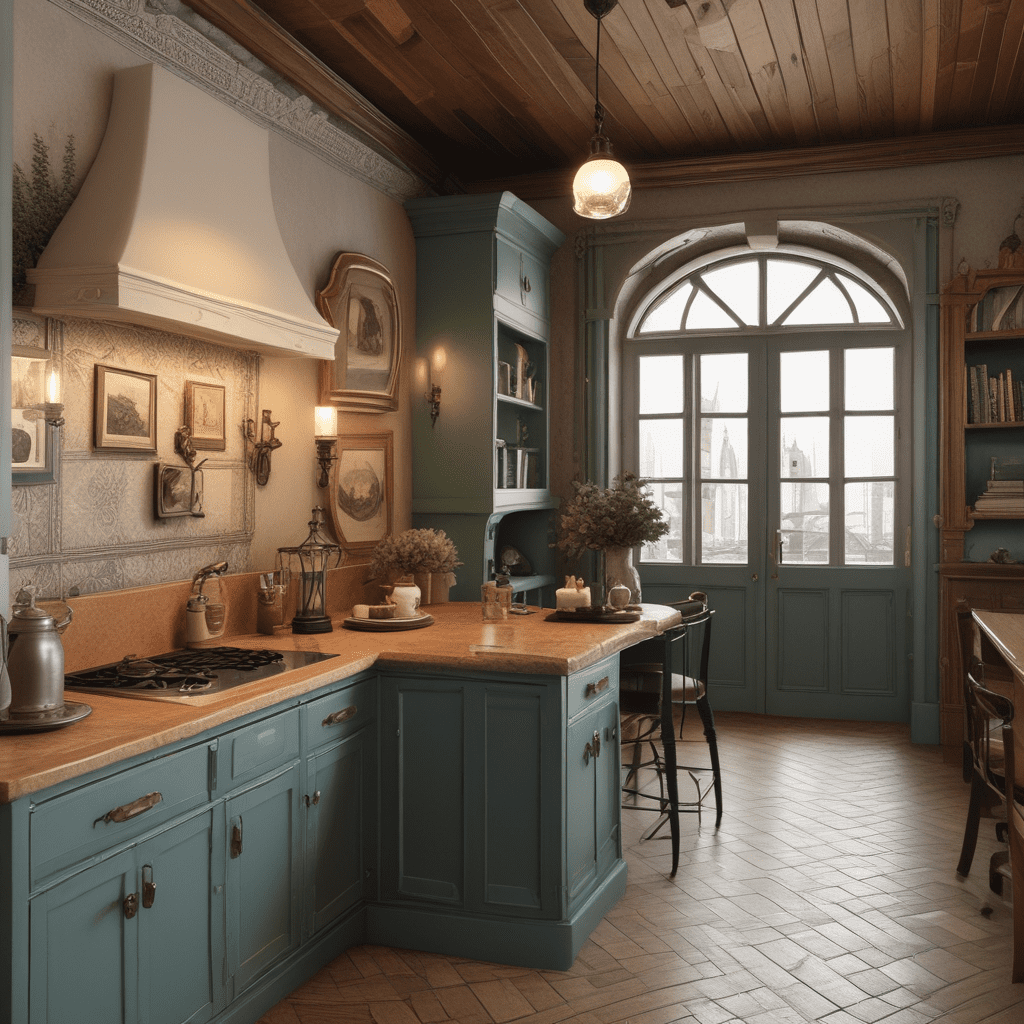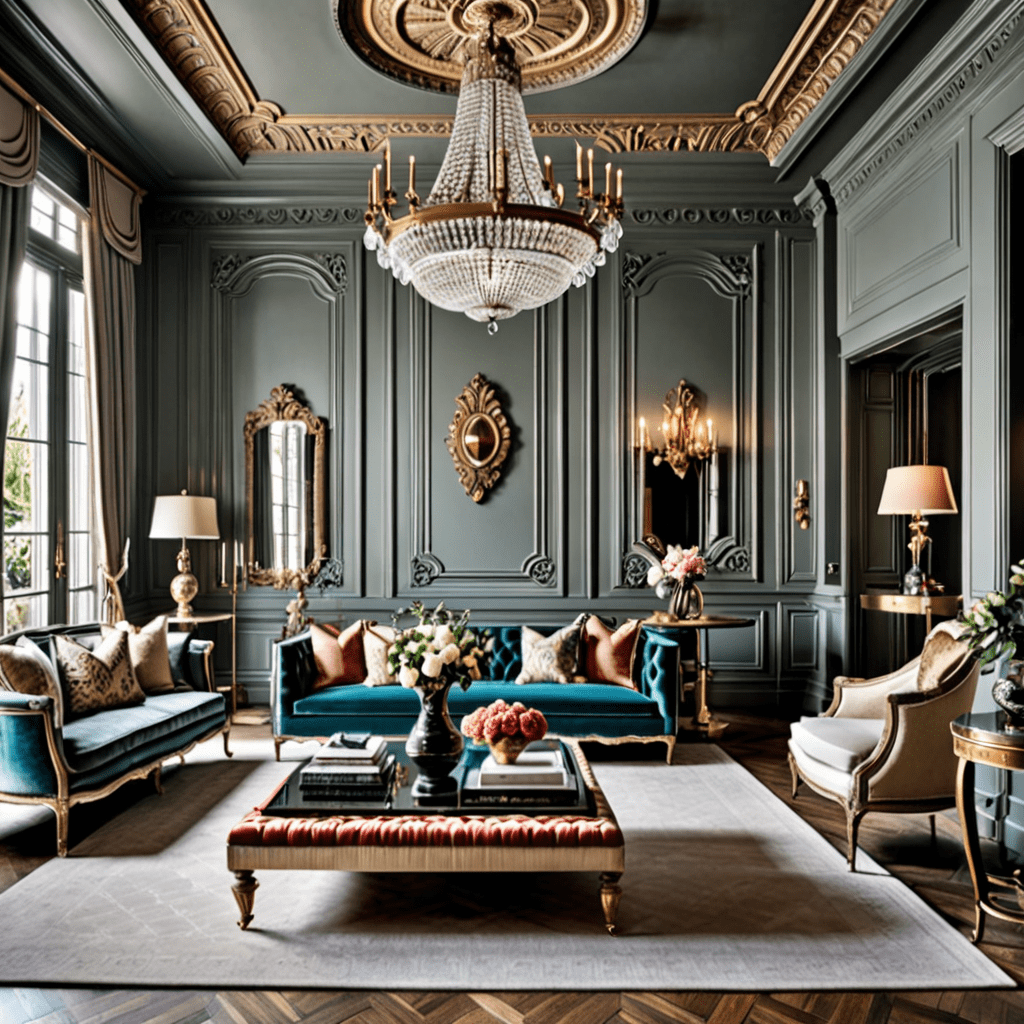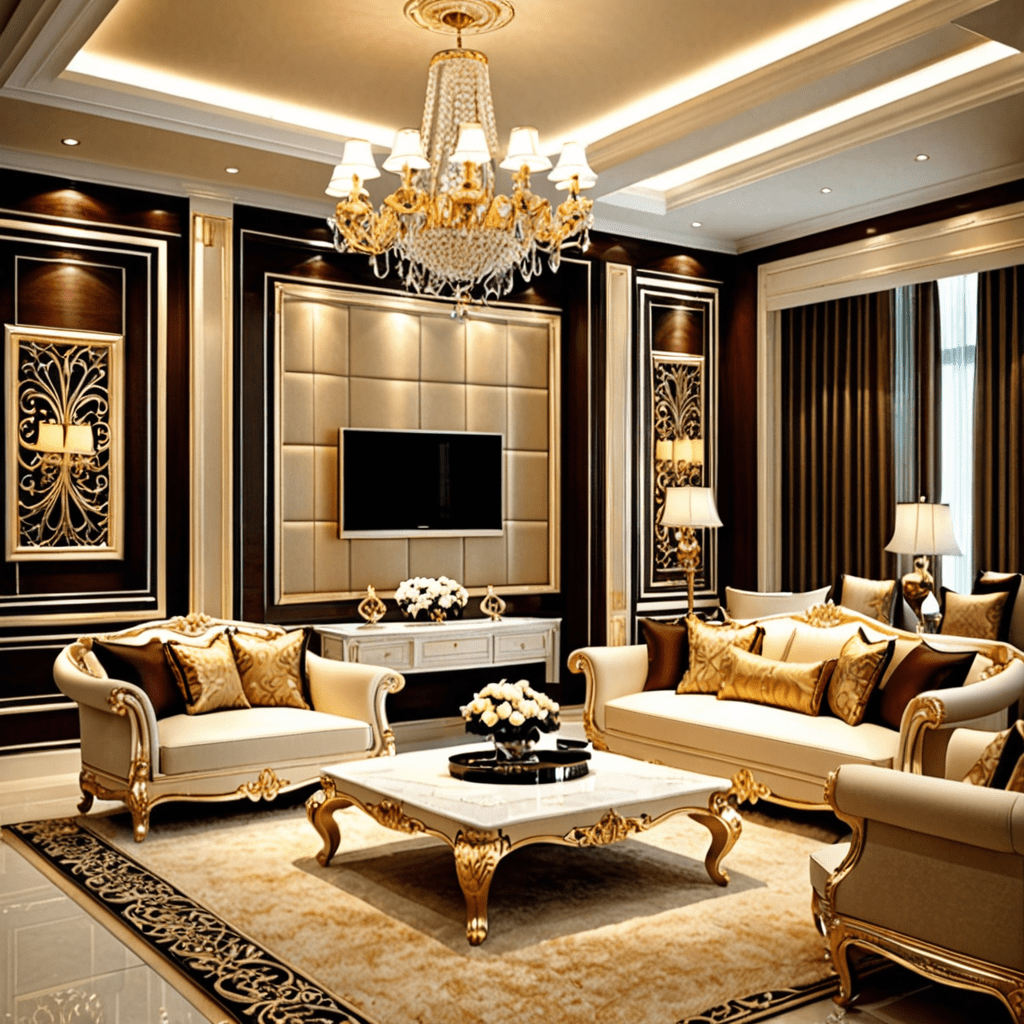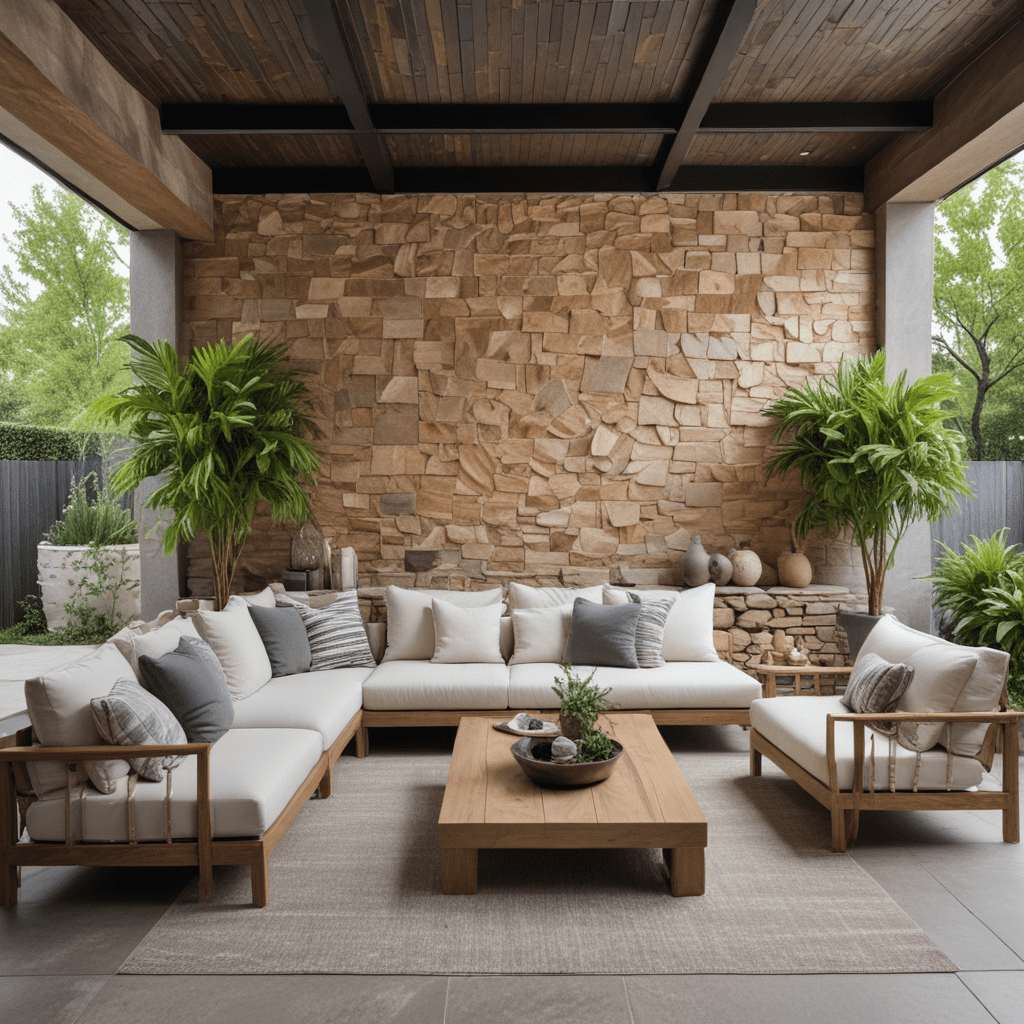Unleash Your Creativity with Interior Design Concept Boards for Your Home
Unleash Your Creativity with Interior Design Concept Boards for Your Home
Are you ready to transform your home into a stylish and personalized sanctuary? Look no further than interior design concept boards. These visual tools allow you to plan and explore different design options, enabling you to unleash your creativity and bring your dream home to life. In this article, we’ll dive deep into the world of interior design concept boards, explore their benefits, and provide tips on creating your own. Let’s get started!
1. What Are Interior Design Concept Boards?
Interior design concept boards, also known as mood boards or inspiration boards, are collages that bring together various elements of a design. They typically include color palettes, fabric swatches, furniture samples, and images that represent the overall style and aesthetic you want to achieve in your space. These boards serve as a visual representation of your design ideas and help you make informed decisions about materials, textures, and finishes.
2. The Benefits of Using Interior Design Concept Boards
2.1. Visualizing Your Design: One of the greatest advantages of creating concept boards is that they allow you to see how different elements come together. By combining images, colors, and textures, you can get a clear sense of the overall look and feel of your space, helping you refine your design choices.
2.2. Exploring Design Options: Concept boards enable you to experiment with various design options without committing to any particular choice. You can play around with different color schemes, furniture arrangements, and decorative elements to find the perfect combination that resonates with your style and personality.
2.3. Communicating Your Ideas: Interior design concept boards are valuable communication tools that help you effectively convey your vision to professionals, such as interior designers or contractors. By providing a visual reference, you can ensure that everyone involved in the project understands your preferences and objectives.
3. Tips for Creating Your Own Interior Design Concept Boards
3.1. Define Your Design Style: Before creating your concept board, take some time to explore different design styles and identify the aesthetic that speaks to you. Whether it’s minimalistic, rustic, contemporary, or eclectic, understanding your style will guide your selection of images, colors, and materials.
3.2. Gather Inspiration: Look for inspiration in magazines, design blogs, social media platforms, or even nature. Collect images and swatches that resonate with your design vision. Remember, inspiration can come from anywhere, so keep an open mind during this process.
3.3. Establish a Color Palette: Choose a color scheme that sets the tone for your space. Consider the emotions and ambiance you want to create. Do you prefer warm and cozy tones, or cool and serene hues? Select around three to five colors that complement each other and reflect your desired atmosphere.
3.4. Experiment with Texture and Materials: Texture plays a crucial role in interior design. Explore different materials, fabrics, and finishes to add depth and visual interest to your space. Incorporate samples of these materials onto your concept board to get an idea of how they interact with each other.
3.5. Arrange and Edit: Once you have collected all the elements for your concept board, arrange them in a visually appealing manner. Experiment with the placement and composition until you achieve a balanced and harmonious look. Don’t be afraid to remove or replace elements that don’t align with your design vision.
4. How to Use Your Interior Design Concept Board
4.1. Personal Reference: Keep your concept board within reach throughout the design process. It will serve as a reference and guide you in selecting furniture, lighting, accessories, and other elements that align with your overall vision.
4.2. Collaboration with Professionals: If you’re working with interior designers or contractors, share your concept board with them. It will facilitate effective communication and ensure that everyone involved has a clear understanding of your design preferences.
4.3. Shopping Guide: Use your concept board as a shopping guide when sourcing materials and furnishings. It will help you stay focused on the overall design scheme and prevent impulsive purchases that may not fit your vision.
5. FAQ
- Q: Can I create an interior design concept board digitally?
- A: Absolutely! There are various online tools and software available that allow you to create digital concept boards. These tools often provide access to vast image libraries and enable you to easily arrange and edit your boards.



